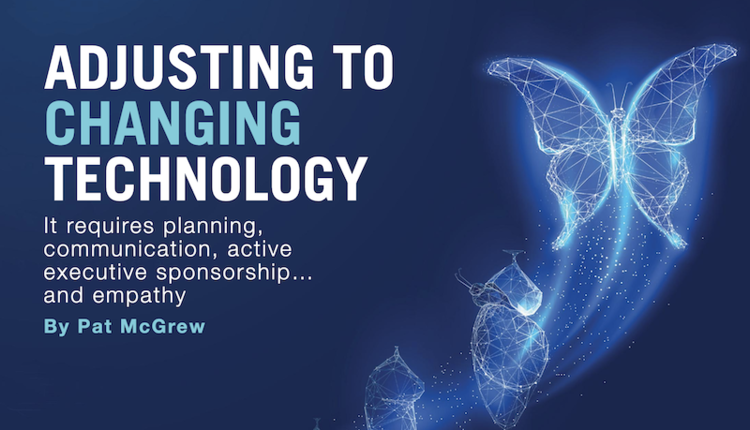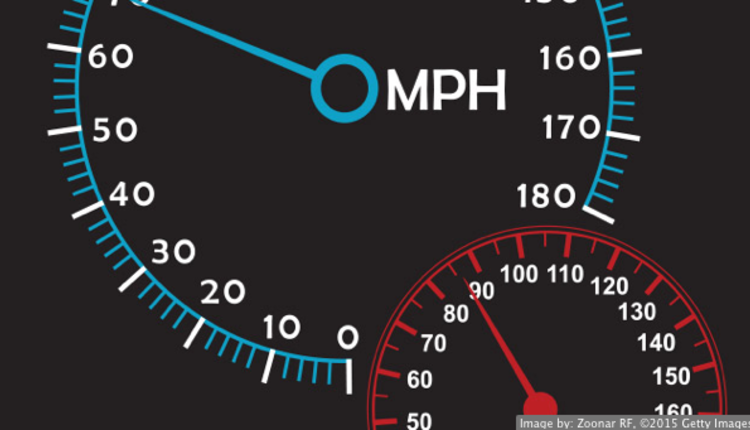
Every line of business in the insurance industry has segment-specific communication challenges. Add reinsurance, and you compound the challenge of creating the best communication for each type of interaction. Creating and maintaining customer relationships, as well as meeting regulatory and compliance requirements, requires more than a patchwork array of tools with islands of automation and loosely connect data warehouses. The insurance industry requires customer communication and customer experience solutions that provide a single source of truth about every customer and every interaction with that customer. They also require customer-facing interaction tools that encourage customer self-service for basic interactions yet provide ease-of-access to experts when needed. And all of this must happen with both visible and invisible security.
Start with an assessment of what you have in hand. What tools are identified as your customer communication management (CCM) solutions, and what tools are tagged as your customer experience (CX) solutions? You may find that some of your tools touch both areas, or you may find that you have multiple tools touching the same areas. You may find that none of the tools in use were purchased as CCM or CX tools but perform those functions. If your company has been through mergers and acquisitions, you may also find that different lines of business use different tools to accomplish the same tasks, making cross-training of staff and single views of the customers hard to achieve.
The basic functions of most CCM platforms allow the enterprise to manage communication to their customers. There are tools to create printer, email and mobile communication and to ensure that there is an audit trail to meet tight compliance obligations. The CCM platform should be integrated into the enterprise communication management architecture. It should be capable of interacting with the customer experience environment to ensure that as customer preferences change, their experience changes and their preferences are updated in the customer master records.
With that in mind, create a comprehensive list of the tools you have. This will take a two-prong approach. First, you will need the IT team to tell you what is installed and being maintained. There are costs associated with each product that may include maintenance, storage and even transaction fees. Then it is time to understand the tools in use by each department and line of business. This is often the harder assessment. An email survey to the constituents is a start, but you should plan to walk through each department. This is how you find tools that people forget they are using because they have become part of the fabric of their job. Look for code that may have been written by an IT department or provided by a consultant. Look for both tools used to perform tasks and dashboards that provide information. Until you have looked over a few shoulders, it will be hard to get the complete view of how each line of business accomplished customer communication.
Don’t forget to walk a mile in the shoes of the customers of the lines of business. Try the customer-facing applications to understand what the customer experience is today. Applications change over time and what may have been a state-of-the-art experience a few years ago may be dated today.
Once you have your inventory it is time to identify duplications and determine where you have gaps. Look for the duplications with careful evaluation of the customer communication template and composition tools, as well as tools in place that do post-composition document re-engineering. These tools can sometimes hide where messaging is managed unless there is a well-documented communication architecture that is visible to the constituents of the tools. Don’t be surprised to find that the “single source of truth” communication library isn’t the final arbiter of what a customer sees.
Assess What You Have
Start with the assessment to learn what you have. Poll the constituencies to see what is missing that would make the CCM and CX environments easier to use. The tools are only part of the story. Look for processes that require information to re-keyed between applications. Look for the processes used to capture audio interactions and social media interactions. Keep an eye on how the line of business captures the single source of truth about their relationship with each customer, and if that information can be shared across lines of business.
You should come away from this exercise with an understanding of where you might consolidate solutions to eliminate duplication, but be prepared for pushback from the constituents unless you can find a solid migration path from where they are to a consolidated platform.
Best Practices
Best practices for insurance companies today is to operate within a documented business architecture with an integrated set of tools. In most cases, this means selecting a single tool for each operation, or a single turnkey solution to meet all communication requirements. The goal is to streamline costs, control maintenance routines and permit integrated data sharing across applications without manual processes that introduce error.
If you determine that it is time to invest in consolidating, look for vendors that have experience with communication management solutions in the insurance industry. Remember that many of the vendors in this space today began as composition engine vendors, document-re-engineering solution vendors and transform vendors. Because of their deep understanding of how data and documents move through an organization and out to customers, their solutions have grown to meet the growing regulatory, compliance and market demands of the insurance industry.
Start the conversation with any vendor with these five questions:
1. What are the features and functions that make your solution the best choice for my segment of insurance?
Listen for answers that focus on omnichannel inbound and outbound communication, integration with customer experience and customer preference engines and a solution for migrating to their platform from legacy systems.
2. Does your solution have consumer-facing self-serve features integrated with the customer preference and customer experience features?
Listen for clear guidance and reference customers using these solutions.
3. Does your solution easily integrate into my current business management systems?
Listen for specific examples of platforms they work with, such as Oracle, SAP and Salesforce.
4. What is your roadmap for adding new features and functions for the next five years?
Listen for a true roadmap that has both features and functions, but flexibility. Technology changes rapidly. You want a vendor that can respond!
5. I have five different composition engines, eight customer-facing mobile apps and dozens of CCM tools. How will you help me migrate to your solution?
Listen for a plan. While you should expect professional services to be part of the story, it should not be the entire story. Listen for specific tools for migration and references from clients who have been through their process.
When it comes to your customer communication management and customer experience platforms, “customer” is the most important word. Work towards your ability to create the best experience for your customers by implementing an integrated platform that provides a single view of every customer, is responsive to customer preferences and is flexible enough to evolve with new technology and regulations.
Pat McGrew helps companies perform better in the print hardware, software and printing services industries. Her experience spans all customer communication channels (CCM, ECM, ECP, EMM) and segments including transaction print, data-driven and static marketing, packaging and label print, textiles, and production commercial print using offset, inkjet, and toner. An experienced professional speaker and co-author of 8 industry books, editor of A Guide to the Electronic Document Body of Knowledge, and regular writer in the industry trade press, Pat won the 2014 #GirlsWhoPrint Girlie Award for dedication to education and communication in the industry, and the 2016 Brian Platte Lifetime Achievement Award from Xplor International. She is certified as a Master Electronic Document Professional by Xplor International, with lifetime status, and as a Color Management Professional by IDEAlliance.















